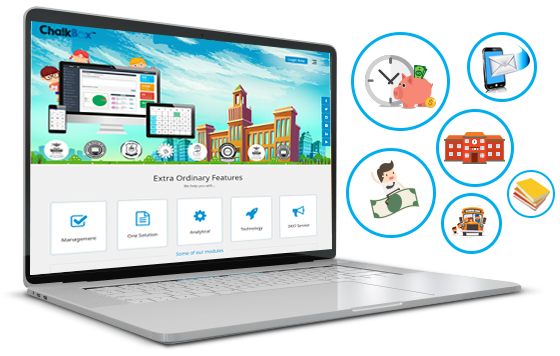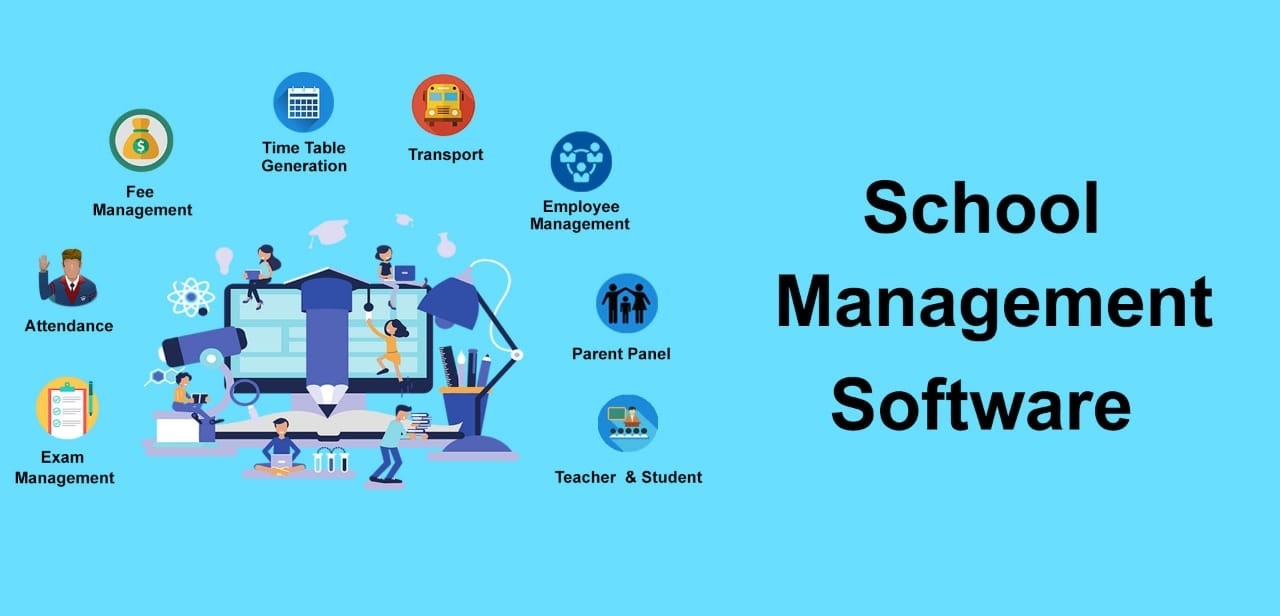Educational Management Information System
Educational Management Information System (EMIS) is a computer-based information management system designed to assist educational institutions in managing student data, academic programs, staff, and other related educational processes. EMIS is a powerful tool that can help educational institutions streamline their operations, enhance decision-making processes, and improve educational outcomes. It collects, processes, analyses, and disseminates educational data to support decision-making processes at all levels of an educational institution. This system can be used to generate reports on student performance, track student progress, and manage the school's resources. With this, administrators can also monitor student attendance, identify patterns of absenteeism, and take corrective measures to ensure students attend classes regularly. It can also help educators to design and develop effective instructional strategies. By analyzing student data, teachers can identify areas where students are struggling and adapt their teaching methodologies to meet students' individual needs. This, in turn, can improve student engagement and academic outcomes.
One of the significant benefits of an Educational Management Information System is that it provides timely and accurate data to stakeholders, such as teachers, administrators, and parents. This information can help parents to track their child's progress and monitor their performance. Similarly, administrators can use EMIS to monitor teacher performance, evaluate programs, and make informed decisions. EMIS also provides opportunities for collaboration among teachers, students, and administrators. With a centralized system, teachers can share resources, collaborate on lesson planning, and communicate with one another easily. Similarly, students can access educational materials and collaborate on assignments, even when they are not in the same location.
Key Features of Educational Management Information System provided by Chalk Box:
-
EMIS Components: EMIS typically consists of four main components: student information system, academic information system, financial information system, and human resources information system. Each of these components manages different aspects of educational institution management, such as student enrolment, course registration, grades, billing and payment, and employee information.
-
EMIS Implementation: Implementing an EMIS requires careful planning and coordination among various stakeholders, such as IT professionals, administrators, teachers, and support staff. Effective implementation requires identifying the institution's needs, selecting the appropriate software, training staff, and ensuring data accuracy and security.
3. EMIS Integration: EMIS can be integrated with other educational technologies, such as learning management systems (LMS) and student information systems (SIS). This integration allows for better data sharing and communication between different educational technologies, leading to more efficient and effective management of educational processes.
4. EMIS Challenges: EMIS implementation can face challenges such as data quality issues, lack of technical expertise, and resistance to change from staff. Effective implementation requires addressing these challenges, such as providing training and support, ensuring data accuracy, and involving stakeholders in the implementation process.
5. EMIS Benefits: EMIS provides numerous benefits to educational institutions, including increased efficiency and productivity, improved decision-making processes, enhanced data accuracy and security, and improved educational outcomes for students.
6. EMIS Future: The future of EMIS is expected to focus on increased integration with other educational technologies, such as artificial intelligence (AI), machine learning, and data analytics. These technologies can provide even more significant benefits to educational institutions by providing more sophisticated data analysis, personalized learning experiences, and predictive analytics to identify at-risk students.
Conclusion
Overall, the Educational Management Information System is a critical tool for educational institutions that want to streamline their operations, improve educational outcomes, and make informed decisions. Effective implementation and integration of EMIS require careful planning, coordination, and support to ensure its benefits are fully realized. EMIS is vital for educational institutions that want to enhance their operations, improve educational outcomes, and make informed decisions. With its ability to collect and analyze educational data, EMIS provides a centralized platform for managing educational processes, improving student engagement, and fostering collaboration among educators, students, and administrators. Grab a Chalk box to create the best EMIS for your institute.







